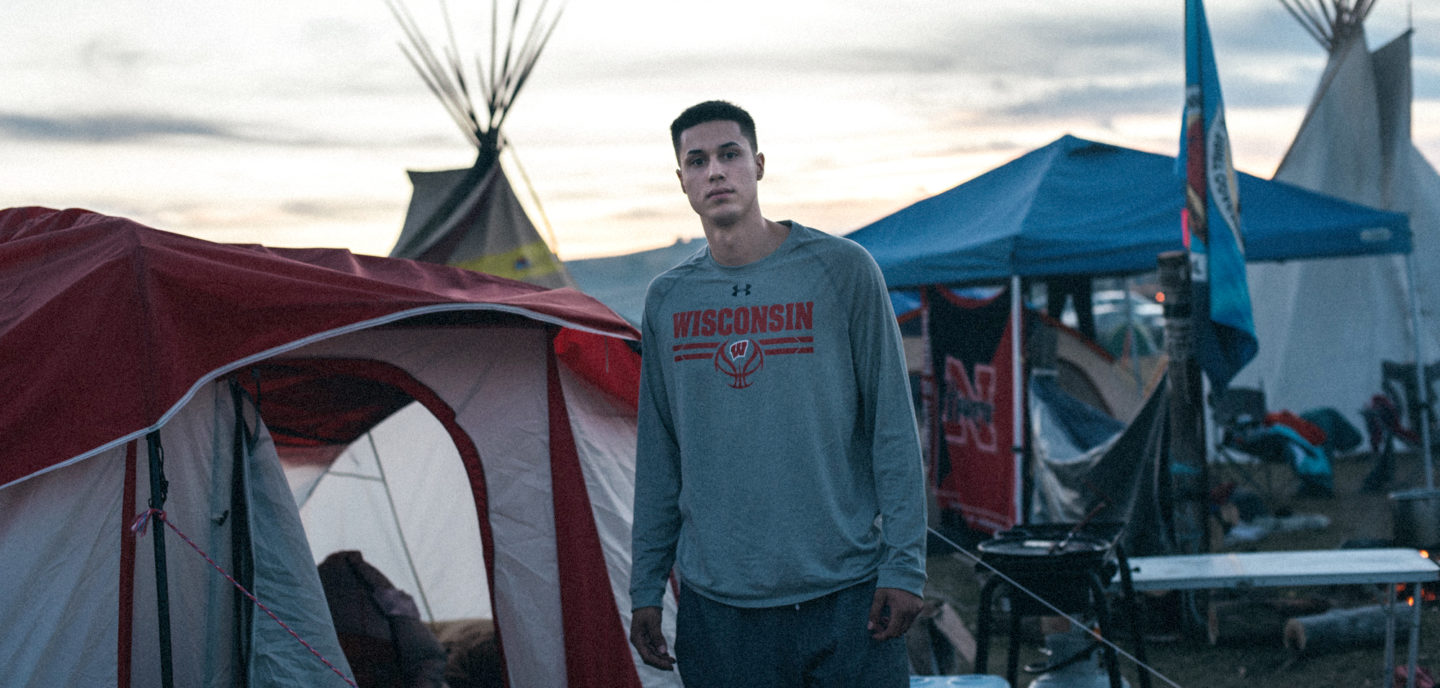The DNA Industry and the Disappearing IndianPosted in Articles, Health/Medicine/Genetics, Law, Media Archive, Native Americans/First Nation, Politics/Public Policy, United States on 2018-12-03 01:40Z by Steven |
The DNA Industry and the Disappearing Indian
TomDispatch.com: A regular antidote to the mainstream media
2018-11-29
Aviva Chomsky, Professor of History; Coordinator of Latin American, Latino and Caribbean Studies
Salem State University, Salem, Massachusetts
DNA, Race, and Native Rights
Amid the barrage of racist, anti-immigrant, and other attacks launched by President Trump and his administration in recent months, a series of little noted steps have threatened Native American land rights and sovereignty. Such attacks have focused on tribal sovereignty, the Indian Child Welfare Act (ICWA), and the voting rights of Native Americans, and they have come from Washington, the courts, and a state legislature. What they share is a single conceptual framework: the idea that the long history that has shaped U.S.-Native American relations has no relevance to today’s realities.
Meanwhile, in an apparently unrelated event, Senator Elizabeth Warren, egged on by Donald Trump’s “Pocahontas” taunts and his mocking of her claims to native ancestry, triumphantly touted her DNA results to “prove” her Native American heritage. In turning to the burgeoning, for-profit DNA industry, however, she implicitly lent her progressive weight to claims about race and identity that go hand in hand with moves to undermine Native sovereignty.
The DNA industry has, in fact, found a way to profit from reviving and modernizing antiquated ideas about the biological origins of race and repackaging them in a cheerful, Disneyfied wrapping. While it’s true that the it’s-a-small-world-after-all multiculturalism of the new racial science rejects nineteenth-century scientific racism and Social Darwinism, it is offering a twenty-first-century version of pseudoscience that once again reduces race to a matter of genetics and origins. In the process, the corporate-promoted ancestry fad conveniently manages to erase the histories of conquest, colonization, and exploitation that created not just racial inequality but race itself as a crucial category in the modern world.
Today’s policy attacks on Native rights reproduce the same misunderstandings of race that the DNA industry is now so assiduously promoting. If Native Americans are reduced to little more than another genetic variation, there is no need for laws that acknowledge their land rights, treaty rights, and sovereignty. Nor must any thought be given to how to compensate for past harms, not to speak of the present ones that still structure their realities. A genetic understanding of race distorts such policies into unfair “privileges” offered to a racially defined group and so “discrimination” against non-Natives. This is precisely the logic behind recent rulings that have denied Mashpee tribal land rights in Massachusetts, dismantled the Indian Child Welfare Act (a law aimed at preventing the removal of Native American children from their families or communities), and attempted to suppress Native voting rights in North Dakota…
Read the entire article here.
